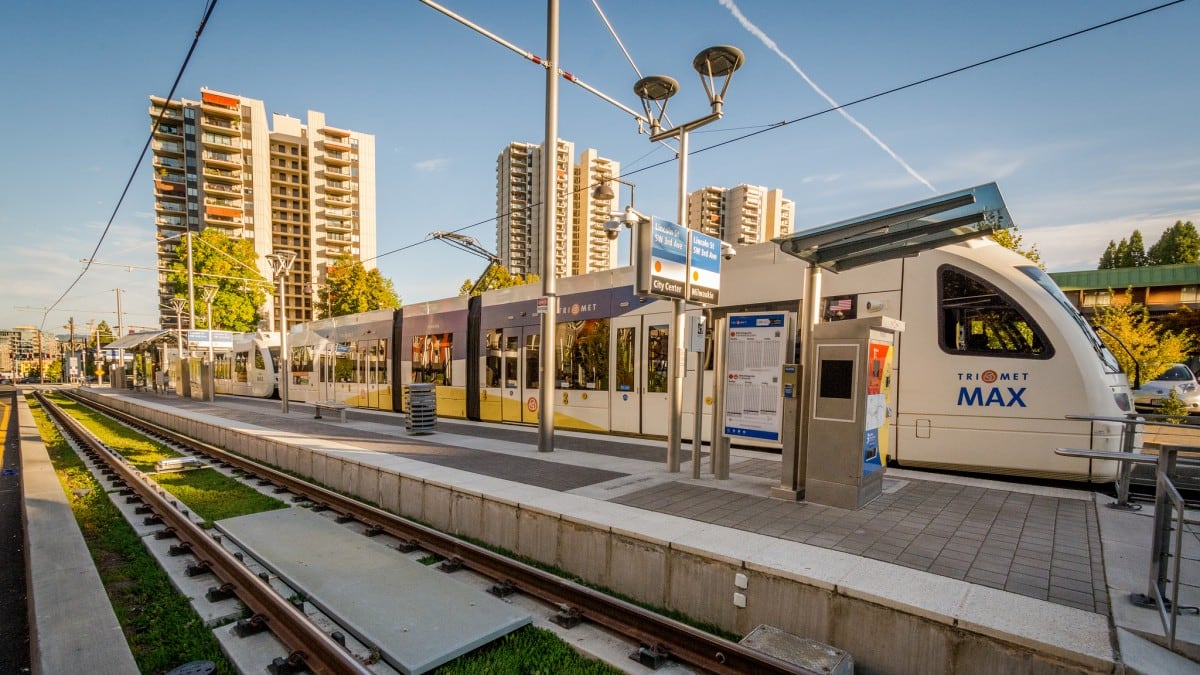As I look out the window on a moving TriMet train, I don't see any seams in the rails on the opposite side. How did they lay those tracks as one very long piece instead of in sections? —The Railsplitter
This is the sort of question that strikes terror into the hearts of my editors. The fear is that the answer is so simple—something like, say, "They weld the joints, knucklehead"—that it can be answered in a trice, while still leaving roughly 319 words free for a blow-by-blow account of my thoughts on the partition of Belgium.
But fear not! While it's true they do weld the joints (comma, knucklehead), this is only the beginning of the story. In fact, if the tale ended there, you'd all be dead in a series of massive railway accidents.
Continuous welded rail, or CWR, was a great innovation of the 20th century, making the ride smoother and the tracks stronger and less prone to failure. The challenge, however, is that steel rails expand and contract as the ambient temperature rises and falls.
This wasn't a problem back when rails were laid in short sections. But a continuous welded rail several miles long with nowhere to go would—left to itself—shrink to the point of snapping like a guitar string when cold and expand in hot conditions until it buckled sideways.
The solution is to lay the tracks at a medium temperature and fasten them tightly to sturdy ties, like a partially stretched elastic string stapled to a board.
The track remains under tension when cold and under compression when warm, but it stays put under most conditions, depending on the range of temperature variation (see "Dr. Know: How Come the MAX Has to Slow Down Every Time the Temperature Gets Over 90 Degrees?," WW, Aug. 31, 2016).
Of course, if you want to lay rail in cold weather, you need to either physically stretch it to the medium-temperature length using a giant hydraulic machine—which is pretty cool—or warm it up by laying a flaming, gasoline-soaked rope along its entire length, which is almost absurdly badass. Science!

